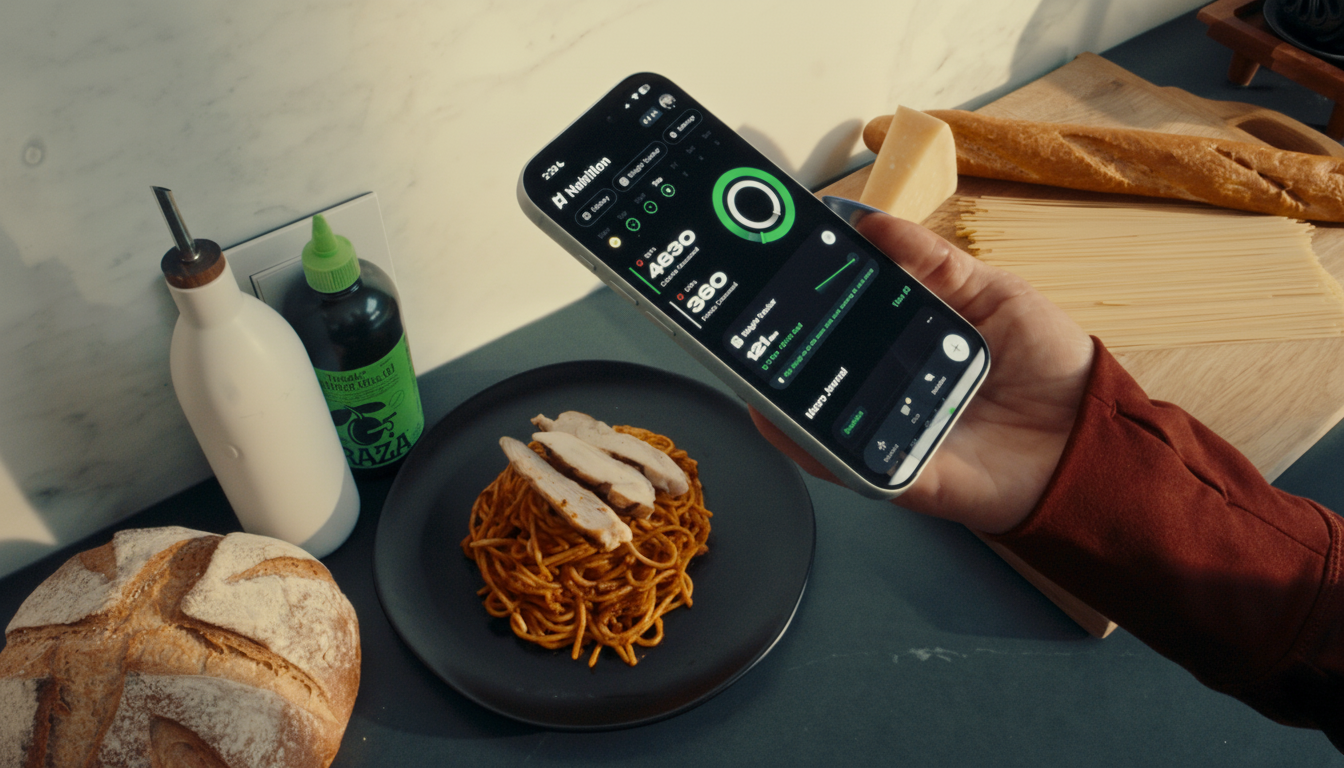Ladder, the coach-led strength training app with workouts that take less than 45 minutes, has unveiled a new nutrition-tracking experience integrated to live alongside its users’ workouts. The feature bundles food logging, macro estimates, and protein monitoring into where people plan and complete their training in order to bridge the gap between what users consume and how they train.
What Ladder’s New Nutrition Tracking Feature Includes
Submitting the experience to a running tally is easy enough, and it welcomes varied input: you can snap a photo, scan in a barcode (a Valentine’s Day-themed feature), dictate a description into your phone, or type entries directly. Ladder’s engine then calculates macronutrients for the meal and makes it easy to do quick edits for portion sizes or substitutions. The dedicated protein mode allows lifters to track their daily targets without having to swim through full macro breakdowns.

To maintain momentum, Ladder has added behavioral nudges: streaks, badges, and progress reminders. These lightweight game mechanics mirror top-performing fitness platforms in their approach to enhancing logging adherence, a problem that has long stood as a barrier to success with nutrition tracking across behavioral science research.
AI Under The Hood And Global Food Coverage
Ladder claims to use a stack of AI models for image recognition, ingredient-sourcing, and macro counting, with robustness designed in so that if one model misfires, another can step in. As most of the food recognition datasets skewed American food, the company also worked with a nutrition data provider to enhance recognitions and macro accuracy for international cuisines which is often a pain point for travelers and global users.
Accuracy when it comes to A.I. food-logging is still a moving target; lighting, plating, and mixed dishes can stump computer vision. Ladder’s hybrid model system and external data partnership are the most pragmatic attempts at reliability, but you’re still going to adjust multiple portion sizes over time and settle for nearest matches when necessary — a reality that even with much more mature trackers is simply best accepted as common practice.
The Importance Of Combining Training And Diet
By combining training and nutrition under one roof, you’re addressing a fundamental disconnect: energy intake and macro quality directly impact strength gains, recovery, and body composition.
Since workouts are already scheduled in Ladder, pairing those sessions with daily calorie and protein stats allows users to better maintain energy balance and make post-lift fueling more efficient.
For strength athletes, protein is the big leverage. Aim for about 1.6–2.2 grams of protein per kilogram (g/kg) of body weight per day to promote muscle growth and maintenance, according to the International Society of Sports Nutrition. A protein-specific mode should make that range easier to work with, especially for folks following programs built around progressive overload who want some backbone when it comes to their daily targets without needing to burn a ceaseless microtorch every morning when weighing out each carb and fat gram.

Early User Signals and Pricing for Ladder’s Nutrition
Ladder said that it has been testing the experience with users over the last month and 70% of testers reported they planned to switch from their current calorie tracker. Intent isn’t the same thing as long-term retention, but it’s a promising sign that consolidating tools might cut down friction for overwhelmed users who don’t want to bounce between apps.
The nutrition tracker comes as part of your membership — without any additional fee! Ladder’s subscription costs $29.99 a month or $179.99 a year, and the company says it has over 300,000 paid members globally. Packaging nutrition with training puts Ladder beside single-use calorie counters and could appeal to weightlifters who appreciate programming, coaching, and some help fueling the workout all in one place.
The AI Food Logging Landscape Is Crowded
Food logging powered by A.I. has been proliferating, with upstarts like Alma and Cal AI joining established veterans like LifeSum, Healthify, MyFitnessPal, and MyNetDiary in introducing image capture, barcode scanning, and voice input options. The future is obvious: multimodal input plus smarter databases to get the time cost down for logging.
The distinction will increasingly be one of context. Athletes and serious gym-goers want nutrition that responds to training cycles, progressive loading, and metabolic demand. Ladder’s wager is that matching food data with set-by-set performance creates a feedback loop that generalist trackers don’t naturally provide.
Roadmap for Ladder Nutrition and What to Watch Next
Ladder plans to develop the feature into more prescriptive guidance — what to eat, when it’s fuel time, how best to adjust intake according to individualized training patterns. If done well, that might involve dynamic protein and carbohydrate targets that change based on volume or intensity or scheduled deload weeks; timely reminders around pre- and post-workout nutrition.
Two things will also tell: follow-through logging policy and actual performance results. If users do indeed keep logging even once the novelty has worn off — and if those coaching cues, informed by real training data, result in improved recovery, strength gains, or body recomposition — then Ladder’s integrated approach to workouts and nutrition may come to serve as a model for how fitness apps can bring together working out and eating right under a single roof.

